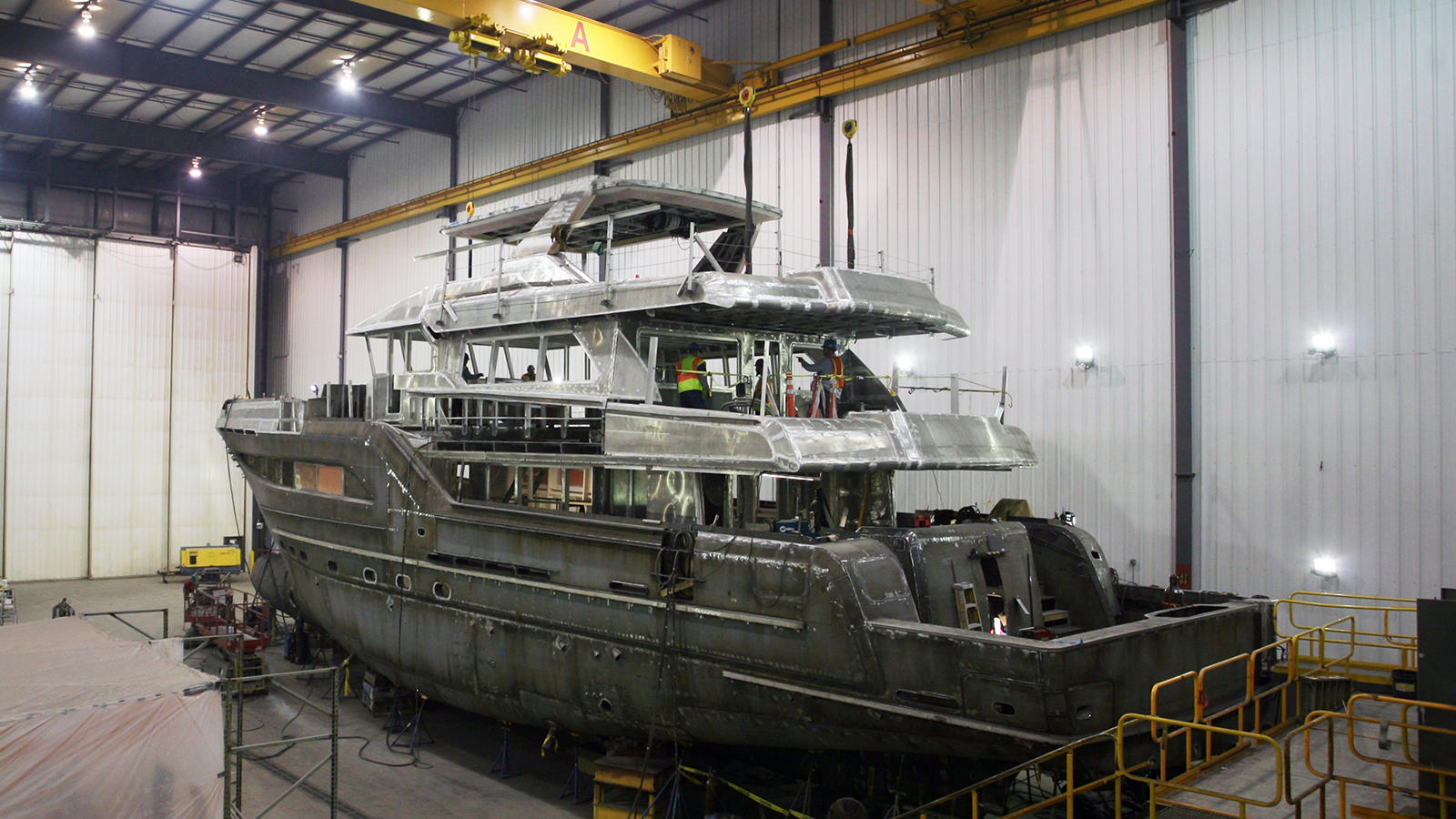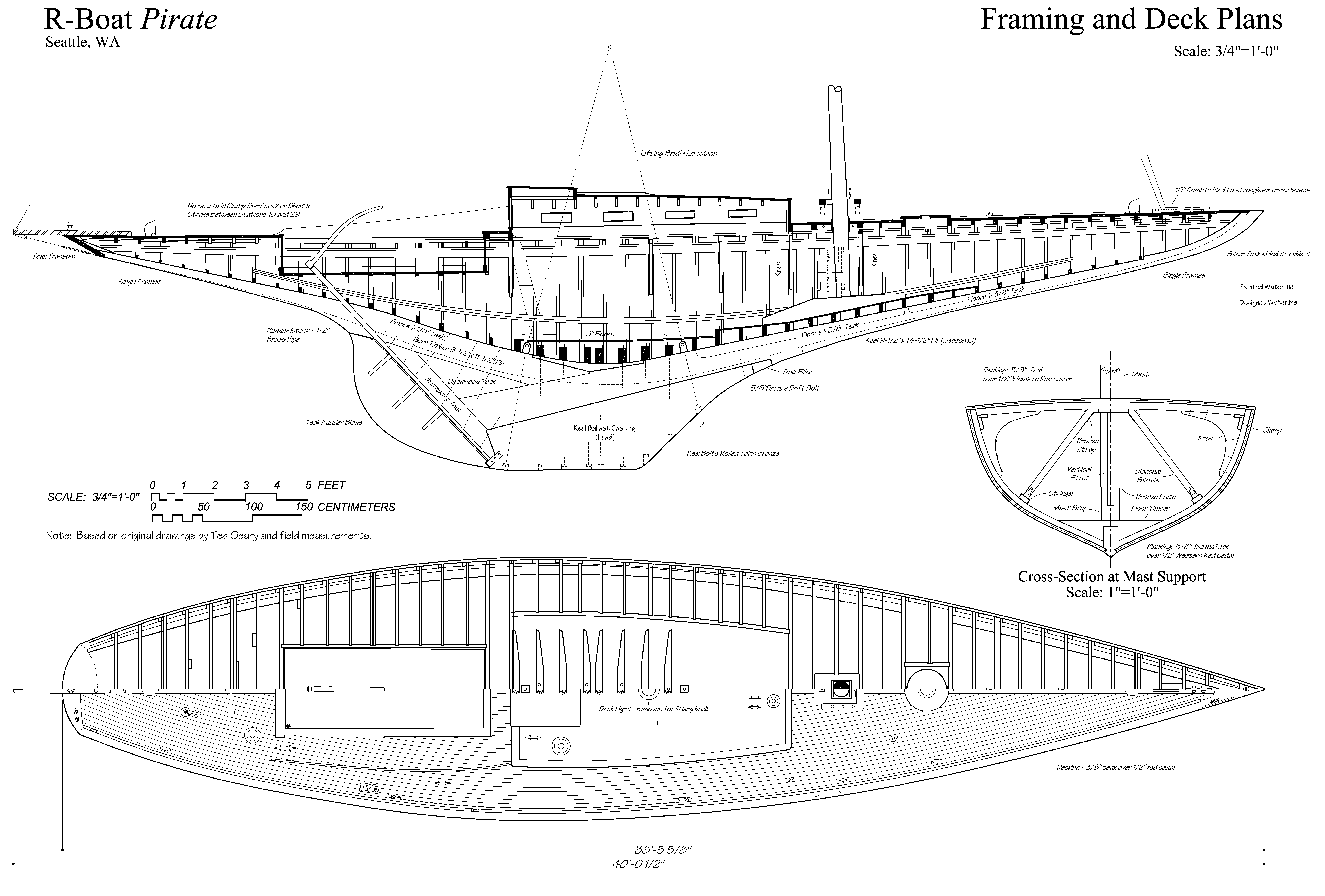
Beyond the Blueprint: Unlocking Hidden Potential in Detailed Plywood Boat Plans
Detailed plywood boat plans for classic designs offer a captivating blend of history, craftsmanship, and personal achievement. But what if we looked beyond the surface of these plans, beyond the meticulously drawn lines and detailed specifications? This article delves into rarely discussed aspects of using these plans, offering fresh perspectives for hobbyists, builders, educators, and woodworkers alike.
The Unsung Hero: Material Selection and its Impact
Most plans prescribe a specific plywood type. But what if your local supplier doesn't carry that exact grade? Or, what if you want to explore more sustainable options?
Beyond the Specification Sheet: Exploring Alternatives
Q: Can I substitute plywood grades in my boat plans?
A: Yes, but with caution. Understanding the properties of different plywood types (e.g., marine-grade, exterior-grade) is crucial. A lighter-weight plywood might compromise strength, while a denser one might add unnecessary weight. Carefully compare the flexural strength, water resistance, and density ratings of your chosen alternative to the specified grade. Research papers from organizations like the American Plywood Association can provide valuable data to inform your decision.
Q: How can I incorporate sustainable materials into my build?
A: Look for sustainably sourced plywood certified by organizations like the Forest Stewardship Council (FSC). Consider bamboo plywood as a lighter, stronger, and more sustainable alternative in specific applications, but always check its suitability against the plan's structural requirements.
Beyond the Lines: Adapting and Innovating
Classic designs are beautiful, but they don't always align perfectly with modern needs or personal preferences.
Personalizing Your Classic: Modifications and Enhancements
Story: A friend of mine recently built a classic dory from plans but added a small, integrated storage compartment under the stern. This required careful consideration of weight distribution, but the result was a beautifully functional improvement not initially envisioned by the designer.
Q: Can I safely modify a classic boat design?
A: Yes, within reason. Minor modifications, like adding simple storage or altering the seating arrangement, are often feasible. However, significant changes impacting structural integrity (e.g., lengthening the hull, altering the beam) require expertise and may necessitate re-engineering aspects of the plan. Consulting a naval architect is recommended for major modifications.
Beyond the Build: Leveraging Digital Tools
Traditional boat building relies heavily on manual techniques, but integrating digital tools can enhance both the design and construction process.
Digital Design and Fabrication: Modernizing the Craft
Q: How can 3D modeling software benefit my boat building project?
A: Programs like Fusion 360 or SketchUp allow for digital manipulation of the plans. You can visualize the boat in 3D, easily test different material choices and configurations, and even generate optimized cutting patterns for CNC machines, speeding up the construction phase. This could potentially save hours of tedious manual work.
Q: Are there any digital tools to assist with complex joinery?
A: Yes, many woodworking software programs can generate detailed joinery plans, creating precise cutting diagrams and even simulating the assembly process to catch potential fit issues before they arise during construction.
Conclusion: The Future of Plywood Boat Building
Detailed plywood boat plans provide a fantastic entry point into boatbuilding. By exploring material alternatives, thoughtfully adapting designs, and embracing digital tools, we can unlock new levels of creativity and efficiency in this time-honored craft. The combination of traditional skills and modern technology promises a vibrant future for building beautiful, functional, and sustainable plywood boats.














